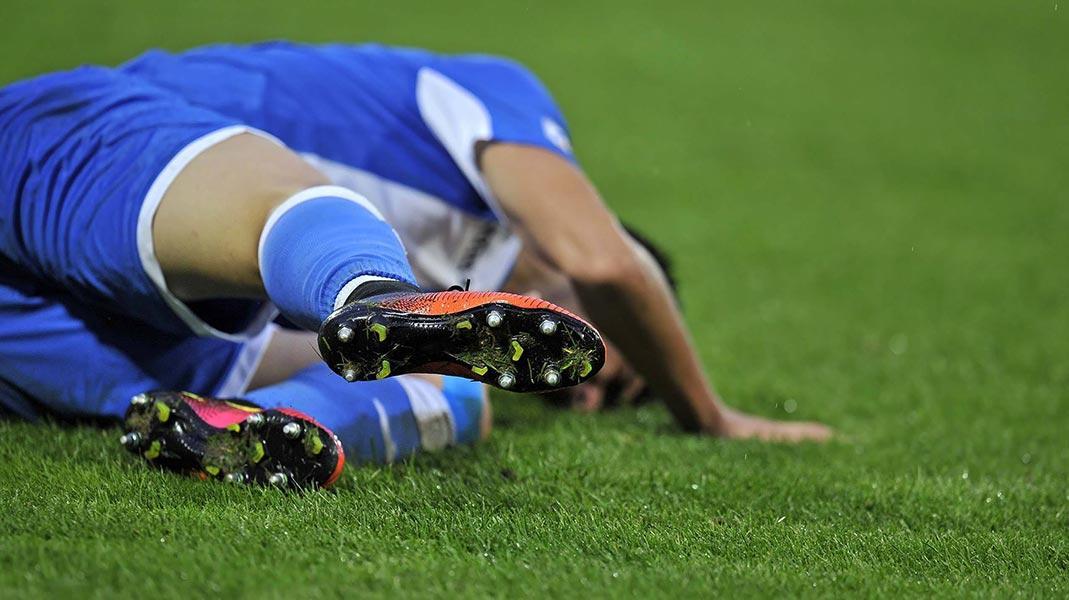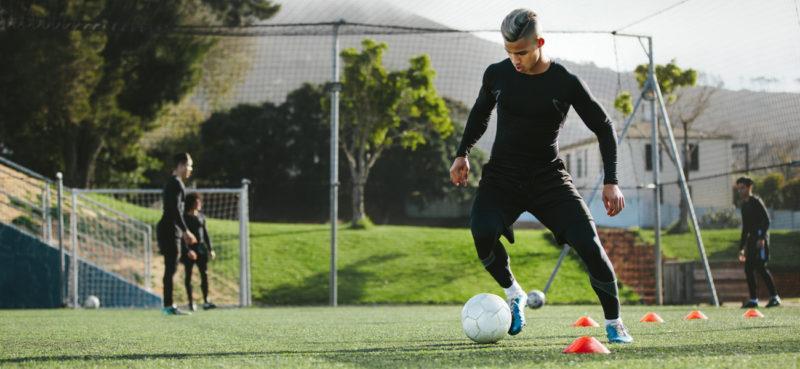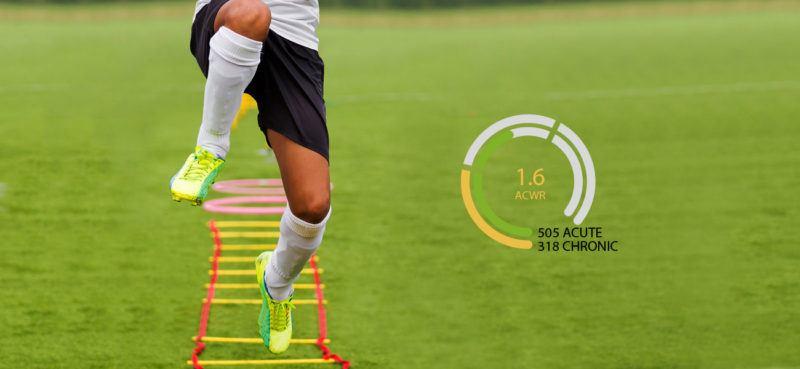

In August 2017, Firstbeat Sports hosted a special webinar featuring Dr. Tim Gabbett, an internationally renowned physiologist and leading expert on the topics of training demands and injury prevention. Nearly 900 sports professionals from around the world signed up to attend the live broadcast. As expected, a highly informative discussion took place during the webinar, and we are happy to provide an brief overview of the material discussed.
How Workloads Impact Injury Risk
Training loads, or workloads are often viewed as a negative, an external factor that increases the risk of becoming sick or injured. After all, it is highly unlikely that you will sustain injury while sitting home on the couch. Therefore, it is vital to keep in mind that application of workloads doesn’t simply increase injury risks. It can have both positive and negative effects.
- Negative: The application of workloads results in fatigue which influences our modifiable risk factors for injury. Fatigue can decrease aerobic capacity, strength, neuromuscular control, and tissue resilience; increasing risk of injury.
- Positive: On the other side of the coin are the fitness inducements from applied workload. Improved fitness resulting from applied workload also has an impact on modifiable risk factors for injury. Workloads applied over time, combined with adequate recovery, result in improved aerobic capacity, strength, neuromuscular control, and tissue resilience; decreasing risk of injury.
Adopting this perspectives acknowledges that the application of workload can either increase or decrease risk of injury depending on where an athlete is on the fatigue to fitness continuum. Understanding and managing the application of workloads is vital for better, safer training practices and the development of more robust, resilient athletes.
Understanding Acute: Chronic Workload Ratio
Building on the conceptual foundation of fatigue and fitness resulting from workload application, Tim continued with an overview of his increasingly well-known Acute:Chronic Workload Ratio. In this model fitness and fatigue are respecified in terms of short- and long-term workloads.
Acute workload: Analogous to fatigue resulting from the application of workload, acute workloads are described as being as short as a single session up to a week long.
Chronic workload: Capturing the fitness aspect, chronic workloads are built over a longer period of time, typically loads applied over the course of 4-6 weeks.
The acute:chronic workload ratio, then, offers insight into the size of fatigue relative to the level fitness that has been developed through regular training.
Practical Tips for Practitioners
Throughout his presentation, Tim emphasized that it is not necessarily the level of workload that represents a problem for athletes in terms of increased injury risk. It is the level of workload applied compared to the level of workload for which they have been prepared.
Keeping an eye on the acute:chronic workload ratio provides the context necessary to guide athletes towards the sweet zone, where risk of injury is significantly diminished, and out of the danger zone, where injury risks are higher. It was noted that injury risk does not equal injury rate, and that there is often a delay between exposure to relatively high workloads, for which the athlete is unprepared, and resulting injury.
While addressed in the Firstbeat webinar, the specifics of how these concepts are brought together and applied to training practices are well beyond the scope of this summary. Fortunately, the Gabbett Performance website includes an excellent collection of tips, case studies, and research directories sure to interest those eager to learn more on the topic.
In response to attendee questions, Tim underlined that despite the fact that the acute:chronic workload ratio takes a mathematical form – it isn’t necessarily a strict mathematical model. There isn’t a particular rolling average, or exponentially weighted, model that is going to reduce injuries in and of itself.
“I can guarantee you that there is no athlete monitoring system, there is no database in the world, and there is no spreadsheet that will reduce injuries. It is the training that reduces injuries. Monitoring alone will not reduce injuries. It is the physically hard, and appropriate, training that reduces the risk of injuries.” – Tim Gabbett
Three Points to Take Away
At the close of the discussion, Tim highlighted the three key points he hoped attendees would take away from the conversation. In his own words:
1.“If you want to develop a robust athlete, an athlete that can handle the fatigue and intensity of competition, then they need to train hard and they need to train consistently. They need to build chronic workloads. When I say they need to train consistently, I don’t mean that they need to train constantly. There’s a difference there, you need to train hard, and then recover hard, and then go back and do it again. But training consistently doesn’t mean training constantly.”
2. “Identify what the worst case scenario looks like for your sport. It could only be a 30-second bout of really high-intensity work, but it’s important to know what that looks like, and the kind of work that an athlete has to do in that 30-second or 40-second block, because if you train for the average demands of competition it’s highly likely that you are going to be underprepared for these worst case scenarios.”
3. “You want to train hard, you want to prepare for the worst case scenarios, but you also want to get there as safely as possible. The way we can do that, the best practice we have at the moment, is to use the acute-chronic ratio. Because it allows us to safely build our athletes towards high chronic workloads.”
Follow Tim Gabbett on Twitter (@TimGabbett) to stay abreast of future speaking appearances, research, and other activities.
Over 22,000 athletes across 1,000 teams around the world rely on Firstbeat Sports to quantify training loads, measure recovery, and to personalize training proscriptions based on real data and scientific insights.
If you liked this article, you should subscribe to our mailing list.
You might also be interested in

Why Monitor Internal Load in Elite Sports?
A look at the what, how and why of internal load monitoring and why it should form part of your training program.

Interpreting Acute vs Chronic Training Load – A Firstbeat Sports Feature
A comprehensive breakdown of the Acute vs Chronic Training Load feature in Firstbeat Sports.

Training Status: the Balance of Training for an Individual Athlete
A comprehensive breakdown of the Training Status feature in Firstbeat Sports.


